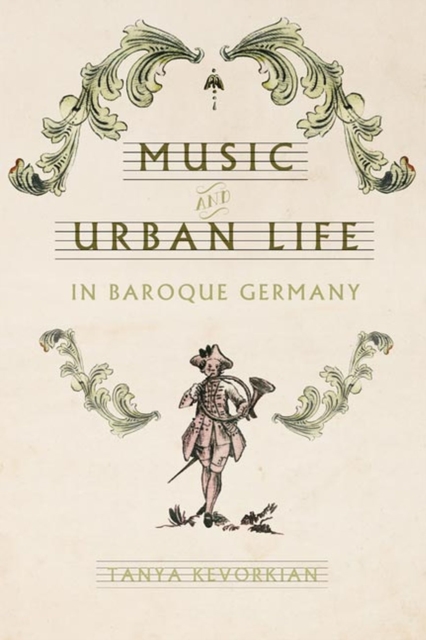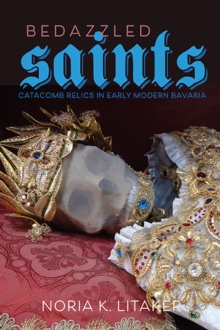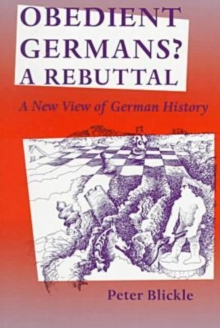
Music and Urban Life in Baroque Germany Hardback
by Tanya Kevorkian
Part of the Studies in Early Modern German History series
Hardback
Description
Music and Urban Life in Baroque Germany offers a new narrative of Baroque music, accessible to non-music specialists, in which Tanya Kevorkian defines the era in terms of social dynamics rather than style and genre development.
Towns were crucial sites of music-making. Kevorkian explores how performance was integrated into and indispensable to everyday routines, celebrations such as weddings, and political culture.
Training and funding likewise emerged from and were integrated into urban life. Ordinary artisans, students, and musical tower guards as well as powerful city councilors contributed to the production and reception of music.
This book illuminates the processes at play in fascinating ways. Challenging ideas of "elite" and "popular" culture, Kevorkian examines five central and southern German towns—Augsburg, Munich, Erfurt, Gotha, and Leipzig—to reconstruct a vibrant urban musical culture held in common by townspeople of all ranks.
Outdoor acoustic communication, often hovering between musical and nonmusical sound, was essential to the functioning of these towns.
As Kevorkian shows, that sonic communication was linked to the music and musicians heard in homes, taverns, and churches.
Early modern urban environments and dynamics produced both the giants of the Baroque era, such as Johann Sebastian Bach and Georg Philipp Telemann, and the music that townspeople heard daily.
This book offers a significant rediscovery of a rich, unique, and understudied musical culture.
Information
-
Available to Order - This title is available to order, with delivery expected within 2 weeks
- Format:Hardback
- Pages:352 pages, 13 b&w illustrations, 5 maps, 4 tables
- Publisher:University of Virginia Press
- Publication Date:10/10/2022
- Category:
- ISBN:9780813947013
Information
-
Available to Order - This title is available to order, with delivery expected within 2 weeks
- Format:Hardback
- Pages:352 pages, 13 b&w illustrations, 5 maps, 4 tables
- Publisher:University of Virginia Press
- Publication Date:10/10/2022
- Category:
- ISBN:9780813947013










